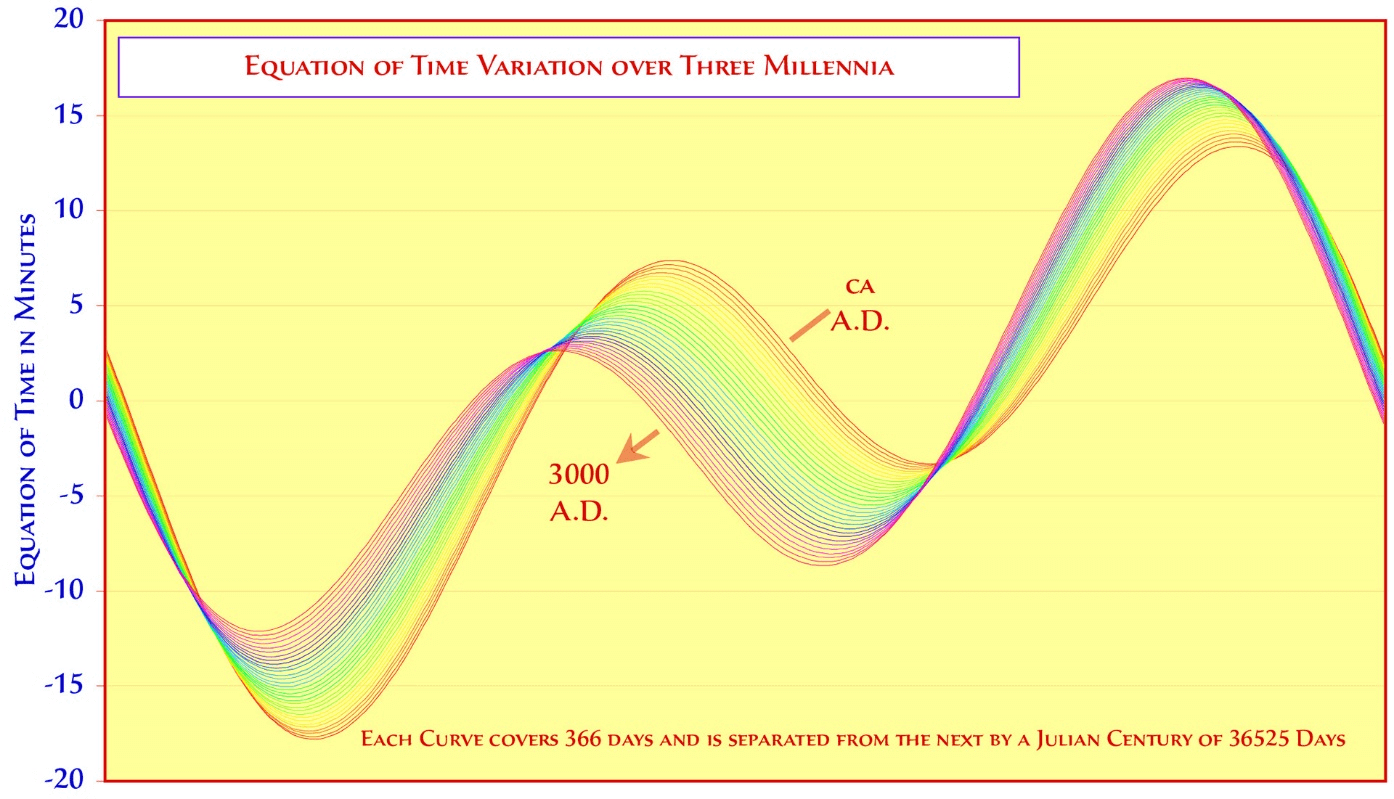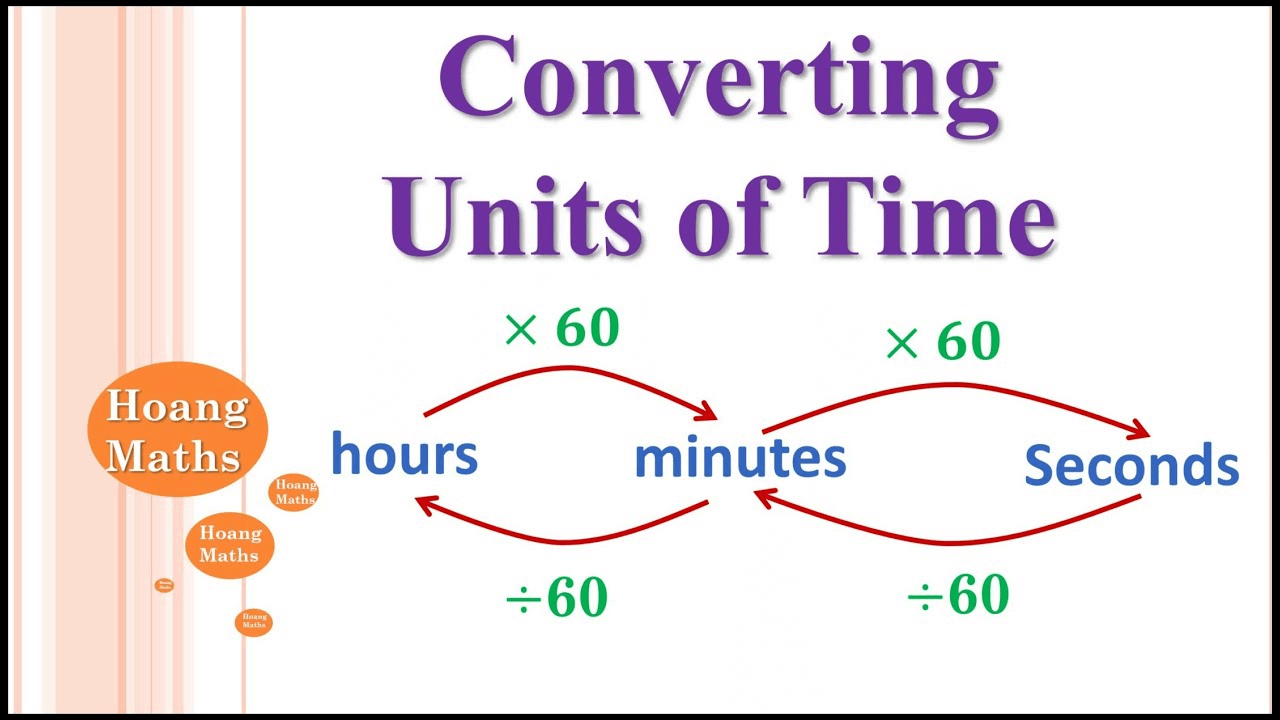Difference between Local Time and Standard TimeWhat is Local Time?According to its latitude and time zone, a location's local time is the current time. It is the time that people in a specific area or place observe, often determined by the sun's position in that area. Due to the sun's changing position during the day and year, local time can alter within a region depending on the location and season. For instance, in the US, a local time can differ between the East and West Coasts by up to three hours, and it can also vary within each time zone depending on where you are. Setting appointments, meeting times, and work schedules are examples of how daily tasks and local scheduling are frequently done using local time. The time difference between the two places can be added or subtracted to convert it to other time zones. What is Standard Time?The time in a time zone set as the norm for a given location is standard time. Usually, it is based on a time zone that a government or other authoritative body, like an international organization, has decided upon. Although it might differ between regions, standard time is constant within one. For instance, in the United States, the eastern portion of the nation observes Eastern Standard Time, whereas the middle part observes middle Standard Time, and so on. The mean solar time at the time zone's center serves as the basis for standard time, which is then modified to consider daylight saving time. Standard time is frequently employed when coordinating tasks between multiple locations, such as planning transportation or communicating across time zones. By adding or deducting the time difference between the two places, it can be changed to local time. 
Basis of Measurement:The sun's position in a specific location is the foundation for calculating local time. The location's longitude and the time zone are used to calculate local time. Local time can fluctuate within a time zone depending on where you are in that time zone because the sun's position changes during the day and year. On the other hand, a time zone defined as the norm for a particular region serves as the basis for measuring standard time. The time zone is usually calculated from the mean solar time in its center, modified to consider daylight saving time. Within a time zone, standard time is constant, but it might differ geographically. In conclusion, local time is determined by the sun's position in a given location, whereas standard time is determined by a time zone set as the norm for a specific area. Variation:Between local time and standard time, there are several differences, including: 
Variations within an area: Because the sun's position varies during the day and year, a local time can alter within a region depending on the location and season. For instance, a local time can differ between the East and West Coasts of the United States by up to three hours, and it can also vary within each time zone depending on where you are. On the other hand, within a time zone, standard time is constant. Standard time might vary from one place to another since each region may be in a different time zone. The United States, for instance, has six distinct time zones, each with a unique standard time. The time difference between the two locations can be added or subtracted to translate local time to other time zones, on the other hand. Use: Setting appointments, meeting times, and work schedules all take place in local time, which is frequently utilized for daily tasks and regional scheduling. While scheduling transportation or communicating across time zones, standard time is commonly used to coordinate activities between several regions. Conversion: Local time can be changed to a different time zone by adding or minus the time difference between the two places. By adjusting for the time difference between the two places, standard time can also be translated to local time. In conclusion, the key differences between local time and standard time are the changes within and between regions, their use, and how simple it is to change between time zones. Uses:Standard time and local time have different functions and different uses. The majority of daily tasks and scheduling are done in local time zones. For instance, people plan meetings, shifts at work, and other events in their local area using local time. The opening and closing times of businesses, the schedules for public transportation, and other local services are all based on local time. On the other hand, standard time is utilized to coordinate activities between various regions in several time zones. For instance, businesses use the expected time to organize conference calls or meetings with clients or partners across multiple time zones. The average time is frequently used to plan international events like sporting competitions or political summits and for scheduling transportation like aircraft or trains that travel through multiple time zones. 
Standard time is also the foundation for synchronization across various gadgets, including computers and cellphones, and time stamps in digital transactions and records. This is critical to ensure accuracy and consistency across multiple applications, including business transactions, legal agreements, and scientific research. Overall, local time and standard time serve distinct functions and are critical for various facets of contemporary life, from individual scheduling to international coordination. Conversion:Knowing the time difference between the local and standard time zones is necessary to convert local time to expected time. The time difference is often expressed in hours, and a plus or minus sign indicates whether the standard time zone is ahead of or behind the local time zone. For instance, to convert your local time to Central Standard Time, which is one hour behind Eastern Standard Time, you will deduct one hour from your local time if you are in New York City, which is in the Eastern Time Zone. 
On the other hand, you must be aware of the time difference between the local time zone and the standard time zone to convert from average time to local time. The local time is then calculated by adding or subtracting the time difference from the expected time. For instance, to convert from Central Standard Time to Pacific Standard Time, two hours behind Central Standard Time, you would deduct two hours from Central Standard Time if you are in Chicago, which is in the Central Time Zone. It's crucial to remember that the gap between local and expected time may sometimes differ during standard time. In these circumstances, you must also account for the daylight saving time difference when converting between local and standard times. Additionally, a tonne of online time zone converters may assist you in swiftly and simply converting between local time and standard time for any region. Examples:Here are some examples of local time and standard time for different regions: 
Note that the standard time in a particular location may differ from the time zone abbreviation, as some regions may use different time offsets during daylight saving time. Also, some countries or territories may not observe daylight saving time, so the difference between local time and standard time will remain constant throughout the year. Here are the differences in table form:
Conclusion:In conclusion, local time and standard time are essential measures of time used for different purposes. Local time is the time observed in a specific geographic location. In contrast, ordinary time is a time standard used as a reference point for coordinating activities across different regions or time zones. The difference between local time and standard time is the time zone offset, which is the difference in hours between the local and traditional time zones. This time difference can vary depending on whether daylight saving time is observed in a particular region. Local time is mainly used for day-to-day scheduling and activities within a local area, while standard time is used for coordinating activities between different regions or time zones. The average time is also used for synchronization across other devices and time stamps in digital transactions and records. Overall, local time and standard time serve important purposes in modern life and are essential for personal scheduling, global coordination, and accurate timekeeping.
Next Topicdifference-between
|
 For Videos Join Our Youtube Channel: Join Now
For Videos Join Our Youtube Channel: Join Now
Feedback
- Send your Feedback to [email protected]
Help Others, Please Share










